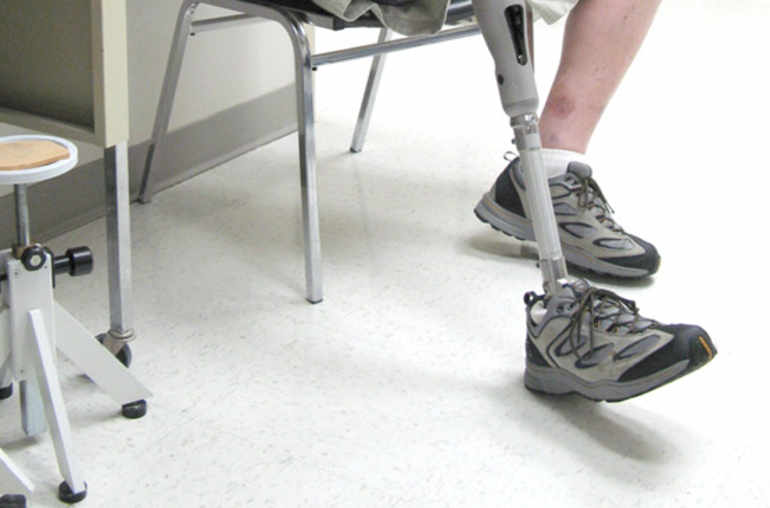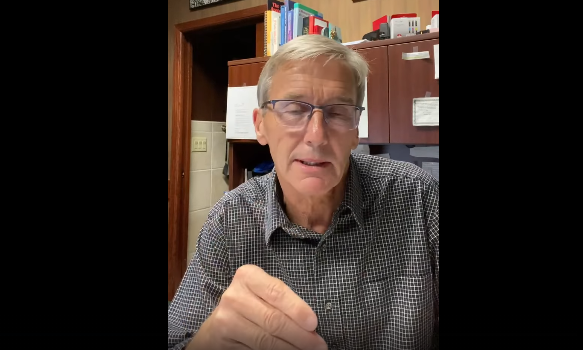PROTECT YOUR DNA WITH QUANTUM TECHNOLOGY
Orgo-Life the new way to the future Advertising by AdpathwayOnce a bastion of trustworthy journalism, the landscape of American news has transformed drastically over the decades. Figures like Ed Murrow and Walter Cronkite, respected names in their time, understood the weight of their roles. They presented news not as entertainment but as a serious endeavor, maintaining a level of integrity that seems to have eroded since. While they may have had political leanings, such flaws seem trivial compared to the dedication they showed to their craft.
The early days of cable news introduced some formidable names as well. Bernard Shaw, Larry King, and Peter Arnett helped establish CNN as a content-rich source of information. Their approach lacked the shock and sensationalism omnipresent today, which is an unfortunate trend that continues to grow.
Fast forward to the present day, as demonstrated in CNN’s coverage of Hurricane Melissa, and the decline in journalistic standards becomes glaringly obvious. As a lethal storm approached, CNN opted for dramatization over substantive reporting. Erin Burnett’s frenzied introduction painted a dramatic picture, mentioning life-threatening flooding and urgent warnings, which essentially mimicked the sensationalist style typical of local news broadcasts. The emphasis should be on facts and the gravity of the situation, not theatrics.
The Associated Press took a more measured stance in reporting the approach of Hurricane Melissa. They noted, “Extensive damage was reported in parts of Clarendon” and highlighted the challenges of assessing the situation in real time. This type of reporting offers important context and allows readers to understand the broader impact of the disaster. The AP’s dedication to clarity and accuracy stands in stark contrast to CNN’s exaggerated narrative.
Matthew Cappucci’s storm-chasing segment on CNN escalated criticism further. Burnett’s line of questioning, focusing on Cappucci’s nausea during a turbulent flight, led to an uncomfortable moment captured on camera. The sight of a seasoned professional throwing up in a bucket not only trivializes the severity of the storm but also serves little journalistic purpose. The viewer, aware of the potential dangers inherent in storm chasing, does not need visceral evidence of sickness to understand the phenomenon. The experience of turbulence is known. Displaying this type of footage crosses the line from informative reporting into sensationalist gimmickry.
There were also comments about the universality of bodily reactions like vomiting, underscoring that producers often fail to connect with their audience on a more abstract level. Just as the audience likely does not wish to see someone in distress while receiving news during tense moments, they also don’t need such dramatizations to convey critical updates about hurricane safety or the storm’s true impact.
The decline in CNN’s journalistic integrity appears stark when compared to the coverage standards set by Anderson Cooper during Hurricane Katrina. Cooper’s approach was somber and dignified, honoring the gravity of the situation. In contrast, CNN’s current coverage, exemplified by Burnett, suggests a descent into a world where shock values overshadow the integrity of journalistic reporting. It raises the question: What happens when the bar continues to fall, and the audience’s trust diminishes further?
In conclusion, the decline of serious news coverage at establishment outlets signals a troubling trend. The previously clear lines drawn between responsible reporting and entertainment-based content have blurred, leaving viewers disoriented. As this evolution unfolds, it remains essential to remember the journalistic principles that once defined and shaped an influential media landscape. The question lingers: Where do we go from here? In a time when reliability is paramount, a return to earnest reporting might be our only salvaging grace.
"*" indicates required fields


 13 hours ago
4
13 hours ago
4


















.jpg)






 English (US) ·
English (US) ·  French (CA) ·
French (CA) ·